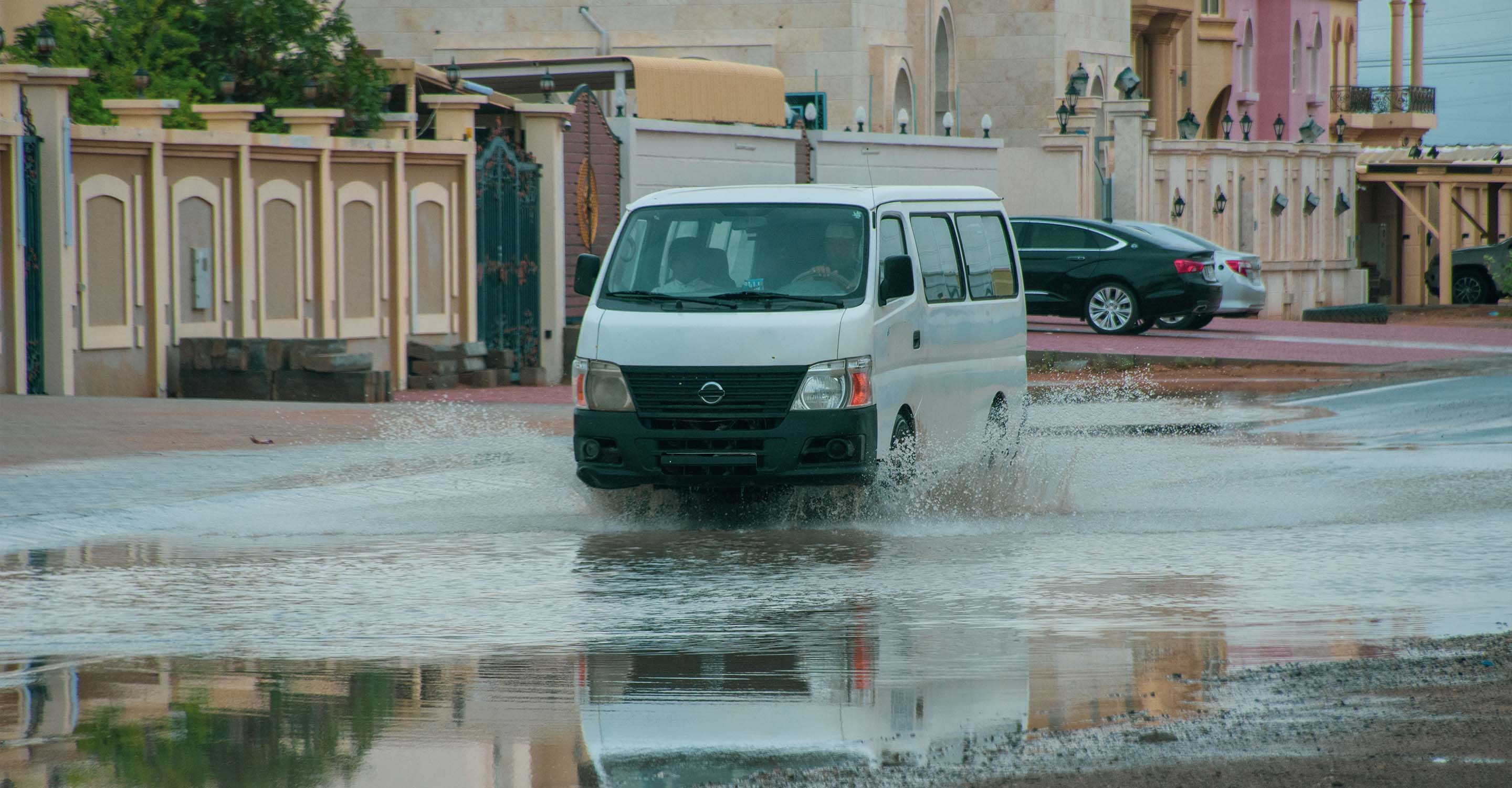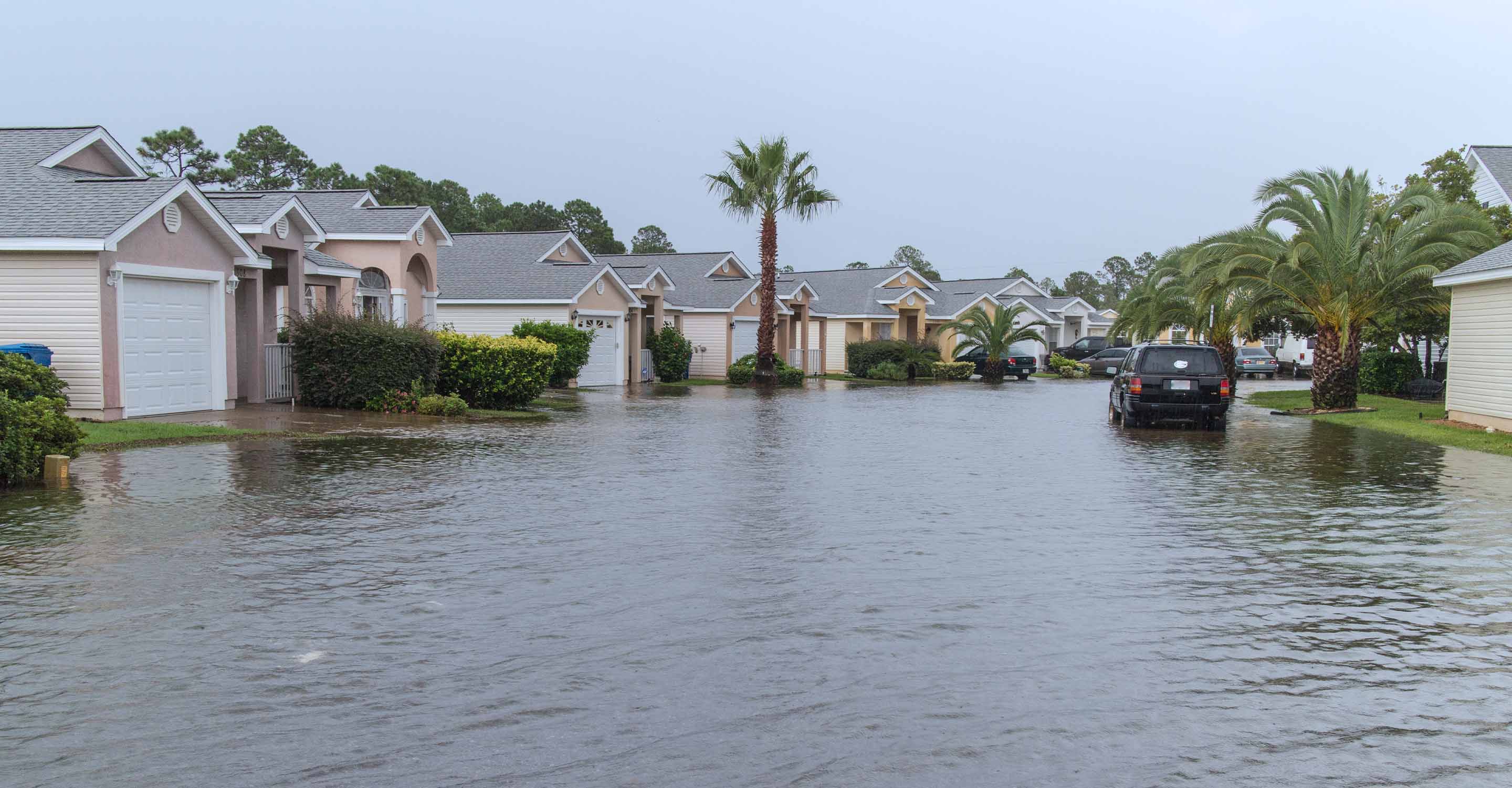Seattle air quality map
Live air pollution map of Seattle
292.8K people follow this city
Full screen
Contributors
123
Stations
143
Contributors category
3
Government
1
Non-profit organization
0
Educational
0
Corporate
22
Individual
97
Anonymous
Most polluted air quality stations
| # | station | US AQI |
|---|---|---|
| 1 | 6720 18th Avenue NW | 56 |
| 2 | 49th Avenue SW & SW Stevens Street | 53 |
| 3 | Seattle-Beacon Hill | 35 |
| 4 | North 43rd Street | 33 |
| 5 | Corliss Avenue North | 32 |
| 6 | Bryant Center | 30 |
| 7 | Mid South Angeline Street | 29 |
| 8 | 1st Avenue Northwest | 28 |
| 9 | Crown Heights | 27 |
| 10 | East Queen Anne | 27 |
Health Recommendations
| Enjoy outdoor activities | |
| Open your windows to bring clean, fresh air indoors GET A MONITOR |
community highlight
Seattle most followed contributors
Become a contributor
Get an AirVisual Outdoor and contribute to collecting millions of data points for the Seattle map to track local air pollution
Understand air pollution and protect yourself
Seattle MAP AIR QUALITY ANALYSIS AND STATISTICS
What are some examples of pollution levels shown on the air quality map for Seattle?
To introduce users to the air quality map, or air pollution map as it can also be referred to for Seattle, some examples of pollution readings taken in the midpoint of 2022 will be used. These however are transitory and the map will be subject to constant changes, and as such users can check the air quality map above many times over the course of the day, or at any time during the year, to get a clear and concise idea of what the pollution levels are like for Seattle, with the air pollution map giving information regarding exactly which areas have the highest level of pollution present.
To cite some readings present on the air quality map, shown in the form of a US AQI reading (which refers to the air quality index, but held to the standards used in the United States, which are a good set of standards to go by due to how stringent they are. There are many measurements of air pollution being used across the globe, and some of them have considerably more relaxed classification systems when compared to the US AQI rating. As such, individuals may be breathing harmful amounts of pollution when their local air quality reading tells them otherwise, as it is better to err on the side of caution when it comes to pollution exposure and health), there were figures present such as 7 and 12, which represent a very good level of air cleanliness, in fact falling directly into the lower end of the 'good' air quality rating bracket, which is the best on that can be achieved. The reason that these are mentioned first is that the closer the US AQI reading is to 0, the freer the air will be from haze, smoke, smog or other contaminating elements such as ultrafine particles or pollen in the air, and as such one can hope for a figure closer to 0 for the air quality in Seattle to be at its very best.
When observing the city and neighboring regions, it is quite clear that Seattle itself maintains a good level of air cleanliness, with the many air quality monitoring stations throughout the city showing readings that fall well within the 'good' air quality rating bracket on the pollution map, which requires a US AQI reading of 50 or less for classification. This is also color-coded as green, for ease of reference when observing the map, as well as the relevant city page that is also available on the IQAir website for Seattle, as well as all other American cities. The city pages do not have a pollution map available but will aid users by showing air quality forecasts, as well as showing an average reading for the pollution level throughout the city. The advantage that casts the air quality map page in the more favorable direction is that it shows exactly where polluted areas of the city are. For the examples taken in June of 2022 (with the above-mentioned readings of 7 and 12 taken at this time), there was not a single reading that went over the 50 mark on the US AQI reading, thus giving the entire city a 'good' air quality reading and being green throughout the entire air quality map.
The highest readings seen during mid-June were generally in the high 20s and at the most 30 or slightly above. This indicates that Seattle maintains a great level of air cleanliness and would be a good place for many people to live, especially those that need to take care of their health to a greater extent (such as those with pre-existing health conditions, primarily those that affect the pulmonary or cardiac systems, which will be discussed in slightly more detail at the end of the article). Before ending this first section, it is of great importance to note that whilst the cited examples given for Seattle are all highly positive, the air pollution levels can and will change at any given time. Certain conditions, coupled with meteorological circumstances, can give way to sudden hikes in the pollution readings, which can go up beyond the 'good' air quality rating bracket on the pollution map and higher into the 'moderate' one (51 to 100 on the US AQI scale required for classification). In more serious events, usually those caused by fires, or smoke from fires being blown over the city, coupled with other events that can create a perfect storm of bad air quality, many higher pollution classification brackets can be reached, rare as they may be in a city such as Seattle. The darker the color codes are on the map, the worse the pollution levels are, with 'moderate' readings on the pollution map being accompanied by a yellow circle, moving up to orange for the 'unhealthy for sensitive groups', which is when particle levels or chemical compounds in the air start to reach dangerous or aggravating levels and will become obvious amongst the general public in the form of respiratory tract irritation and other similar health issues. The highest readings carry with them darker colors such as red, purple and maroon, indicating the worst level of air pollution possible. Once again these are just for informative purposes, and the air quality map above can be checked to see what the pollution levels in Seattle are currently like.
Why do air pollution maps sometimes have higher readings in Seattle?
Reasons as to why air pollution levels may be higher on the air quality map for Seattle are due to fumes and emissions from cars and trucks building up (with lack of strong rain or winds allowing them to accumulate to the point where the US AQI figures on the map start to show it). Other potential reasons that affect air quality map readings include emissions from factories and power plants, as well as the most prominent cause of higher pollution levels seen throughout the United States, which is smoke from wildfires or manmade disasters. Although uncommon, fires will show up on the map when they do occur, and alterations to the US AQI readings will also be seen.
What pollutants do air quality maps indicate for Seattle?
The air quality map shows the pollution levels in the form of US AQI. Whilst it is not explicitly stated as to what pollutants are in the air on the pollution map, with a little bit of insight, users can understand the pollutants that they may be breathing. US AQI figures are aggregated from the volume of pollutants in the air such as PM10 and PM2.5, the two forms of particle pollution. Others include nitrogen dioxide, carbon monoxide and ozone. Due to their prevalence (which is why they are used to calculate the US AQI reading), when the air quality map shows higher US AQI figures, inhabitants will be exposed to higher amounts of these particular pollutants, with other ones also being present but the aforementioned ones being the most salient.
Do high readings on the air quality map in Seattle affect certain people more than others?
Certain at-risk individuals may be affected more by high pollution levels present on the air quality map above. These include people such as the elderly, along with young children, babies, and pregnant mothers. Those who are overweight or smoke, or have other health problems that lend themselves to being in poorer shape can also become more gravely affected by breathing larger quantities of airborne pollutants. As such, these groups, as well as those with compromised immune systems or pre-existing health conditions, can benefit much more from observing the readings on the air quality map for Seattle.
Seattle air quality data attribution
123Contributors
 Northwest Clean Air Agency
Northwest Clean Air Agency2 stations
 Washington Air Monitoring Network
Washington Air Monitoring Network3 stations
 Puget Sound Clean Air Agency
Puget Sound Clean Air Agency2 stations
3 Government Contributors
- grounds department
1 station
Non-profit organization Contributor
- robc7777
1 station
- Zac
1 station
- Daniela
1 station
 31st and Howe
31st and Howe1 station
- Tom
1 station
- Heather Kelly
1 station
- Chiara Coetzee
1 station
- eHouse
1 station
- Samuel Herschbein
1 station
- Joseph M
1 station
 Paul J.
Paul J.1 station
 Northwest Seattleite
Northwest Seattleite1 station
- Christian Johannessen
1 station
 Em
Em1 station
- Kenneth Hamer
1 station
- Leon van hees
1 station
- nokturne
1 station
- Taylor Black
1 station
- Azrael
1 station
 Joseph Gleason
Joseph Gleason1 station
- IQAir Community Member
1 station
 Mr. View Ridge
Mr. View Ridge1 station
22 Individual Contributors
 97 Anonymous contributors
97 Anonymous contributors97 stations
97 Anonymous Contributors
6 Data sources
Where is the cleanest air quality in Seattle?
- 6720 18th Avenue NW 56
- 49th Avenue SW & SW Stevens Street 53
- Seattle-Beacon Hill 35
- North 43rd Street 33
- Corliss Avenue North 32
- Bryant Center 30
- Mid South Angeline Street 29
- 1st Avenue Northwest 28
- Crown Heights 27
- East Queen Anne 27
- Glen Dona Apartments 27
- Greenwood East 27
- Minor Avenue 27
- South Riverside Drive 27
- 13525 32nd Ave NE 26
- Cedar Park, Seattle, WA 26
- Crown Hill 2 26
- KCIA_North 26
- Magnolia Blvd W & W Parkmont Pl 26
- Rainier Valley 2 26
- Seattle-South Park 26
- St. Clement's Episcopal Church 26
- Wallingford 26
- 25th Avenue NW 25
- 4420 South Eddy Street 25
- Capitol Hill 2 25
- East Highland Drive 25
- East McGraw Street 25
- High Point 25
- Maple Leaf 25
- N 145th and Corliss L&L&L 25
- Northgate 25
- Rainier Valley 25
- Seaboard Building 25
- St. Cloud 25
- Wedgwood Swim Pool 25
- Ziggy's Palace 25
- 301 23rd Avenue 24
- 77&2nd 24
- Alaska Junction 24
- Bagley 24
- Ballard 3 24
- Clay Street 24
- Columbia City 24
- Cottage Grove, N Delridge, West Seattle 24
- FBI Surveillance Van 24
- Greater Duwamish 3 24
- Magnolia 24
- Maiden Lane East 24
- Minor 24
- North Queen Anne 24
- Queen Anne 24
- Stanton Place Northwest 24
- Stevens 24
- Sunset Hill South 24
- Wallingford 2 24
- 16th Avenue 23
- 1939 3rd Avenue West 23
- 2011 EastJefferson Street 23
- 40th & Fauntleroy 23
- 4601 S Roxbury Street 23
- Adams 23
- Bitter Lake Manor 23
- Capitol Hill 23
- Fairmount Park 23
- Holden House Outside 23
- Kilbourne Division 23
- Lawton Park 23
- Meadowbrook 23
- SWAC 23
- South Ferdinand Street 23
- Southeast Magnolia 23
- Villa Academy 23
- 103 1st Avenue 22
- 15th Avenue NE 22
- 23rd Avenue Northwest 22
- 26th & Mercer 22
- 300 Block 18th Ave E 22
- 36th Avenue Outside 22
- 48th Ave S 22
- 715 25th Avenue South 22
- 7308 28th Avenue Southwest 22
- 98115 22
- CasaAlgrieveW 22
- Central District 22
- Duwamish 22
- East Olive 22
- Greater Duwamish 22
- Madison Park 22
- Northwest 134th Street 22
- SP House 22
- Ursula Judkins Viewpoint 22
- Viretta 22
- Warren Avenue North 22
- 27th Ave W 21
- 31st and Howe 21
- 32nd Avenue Southwest 21
- 4525 Thackeray Pl NE 21
- 57th Avenue Northeast 21
- Bech Drive Soutwest 21
- Blue Ridge 21
- Crown Hill 21
- LittleBrook0 21
- Seattle-10th & Weller 21
- View Ridge 21
- W Ruffner St 21
- 1715 East Roy Street 20
- 19th Ave NE 20
- Mary Ave Northwest 20
- NorthBeach 20
- University Park 20
- 1822 North 57th Street 19
- 40th Ave NE 19
- Central District 3 19
- Green Lake Southeast 19
- Kubota Village 19
- NE 97th Street 19
- 80th in Greenwood 17
- Alaska Junction QFC 17
- Ballard Community Park 17
- NW 73rd Street 17
- Nok's place 17
- Northeast 123rd Street 17
- Orchard & Seward 17
- South Adams Street 17
- View Ridge 2 17
- 26th Avenue South 16
- East Newton Outside 16
- North 65th Street 16
- South Hanford Street 15
- Greenwood 14
- KCIA_South 14
- Nick 13
- 25th Avenue, Central District 12
- 55th Ave S 12
- Candy Cane Lane 12
- Fauntleroy 12
- Koi Apartments 12
- Madrona Tree 12
- Northwest 61st Street 12
- SCH Grounds Department 12
- Seattle - 8th Ave W and W Blaine St 12
- 9400 California Ave SW 1







